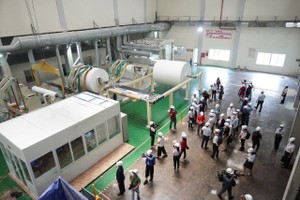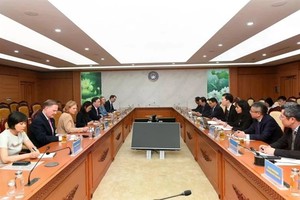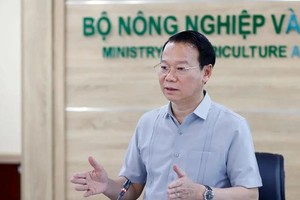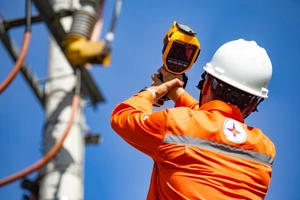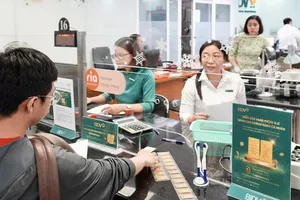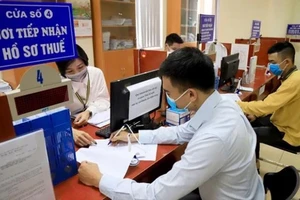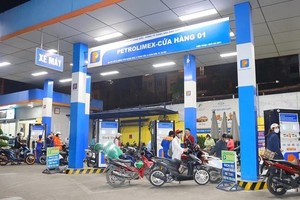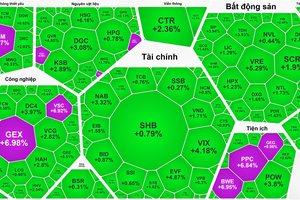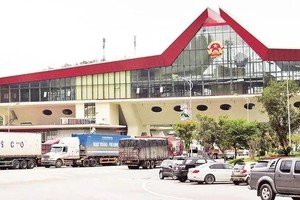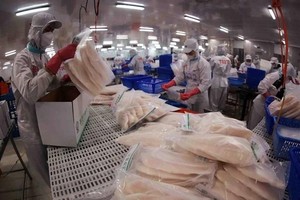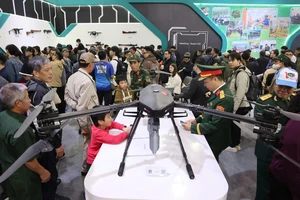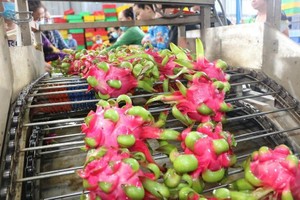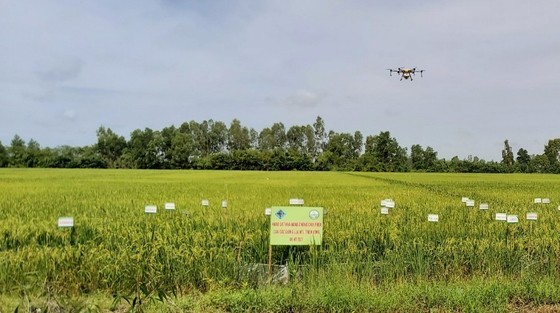
Accordingly, the Ministry of Agriculture and Rural Development (MARD) has submitted a Decree on synchronous mechanization in agriculture to the Government for approval, becoming the legal foundation for mechanization activities in agriculture in the upcoming time.
Director Le Duc Thinh of the Department of Economic Cooperation and Rural Development (under MARD) shared that there have been great developments in mechanization in agriculture and produce processing, leading to a value increase of 2-3 percent per year for the whole sector.
In 2021, around 14,400 businesses invested in agriculture, along with nearly 19,000 cooperatives, to achieve an export turnover of US$48.6 billion, compared to only $15.26 billion in 2010.
For the 10 years from 2011, the number of tractors rose by 60 percent, transplanting machines by 10 times, water pumps by 60 percent, combine harvesters by 80 percent, produce dryers by 30 percent, and animal food processing machines by 91 percent. Most stages of rice cultivation had the mechanization proportion of over 65 percent.
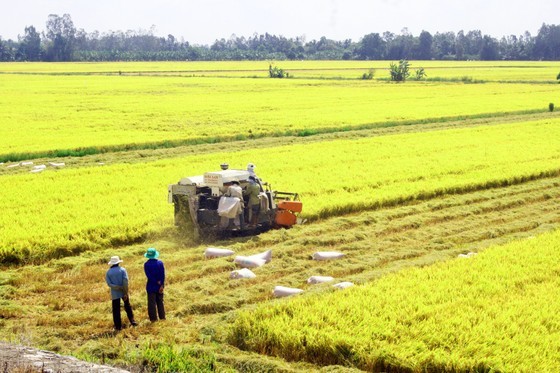
Another negative issue is most machines used in agriculture are imported from Japan, the Republic of Korea, China, India. Domestic manufacturing of equipment and machines for agricultural purposes cannot satisfy the market’s demands.
The policies to encourage the growth of supporting industries in Vietnam are still limited, with a lack of sanctions on the allocation of resources for implementing mechanization, and thus cannot create a positive influence. Adding to that is low technical infrastructure that is not suitable for synchronous mechanization in agricultural production.
Therefore, in the conference, participants raised voice on measures for better synchronous mechanization via a close link between production and produce processing, product consumption. Proposals were introduced on advanced technology and machine transfer, smart and digital technology implementation in agricultural activities.
